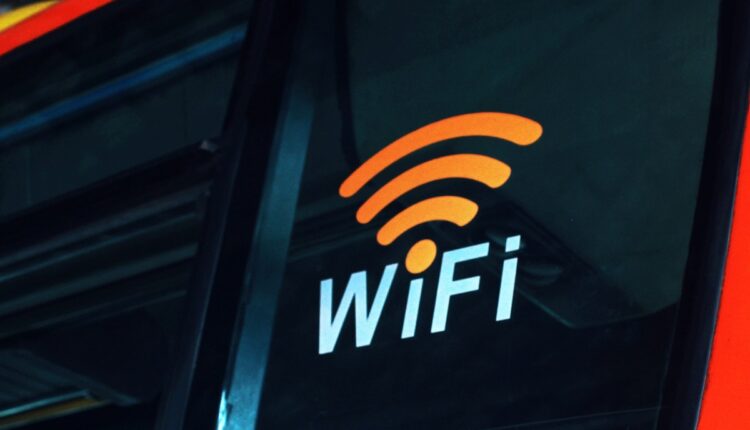The launch of WiFi 7 will be in 2024
The launch of WiFi 7 is scheduled to be announced in 2024. Final details will be announced during the first quarter, according to WiFi Alliance
In the first three months of 2024, the details of WiFi 7 will be announced, the launch of which is planned for the year that is about to begin, as indicated by the WiFi Alliance.
It is already assumed that it will exceed the speed and bandwidth of the current WiFi 6. However, it will be in a few months when clear details will be available in this regard from the manufacturers of network products and processors involved.
The truth is that it is expected to arrive as a massive solution on the market. In any case, the alliance points out: “WiFi CERTIFIED 7, based on IEEE 802.11be technology, will be available before the end of the first quarter of 2024. WiFi 7 devices are already being deployed, and certification of the standard will facilitate interoperability in the world and will bring advanced Wi-Fi performance into the next era of connected devices.”
Next WiFi 7 update
As expected, wireless communications will see a marked acceleration with the update. It will be a “level where a consumer or company can set up a local wireless network with sufficient features to replace wired networks.”
We cannot forget streaming applications, which demand greater bandwidth; “cloud computing, virtual/augmented reality and remote work.” All of this will have the new IEEE 802.11be standard, which promises very high performance.
Some of the features that WiFi 7 is presumed to offer are:
- Theoretical data transfer speed up to 46 Gbps. A monumental increase compared to WiFi 6’s 9.6 Gbps.
- 320 MHz bandwidth (320/160+160 MHz and 240/160+80 MHz), doubling that of WiFi 6.
- More efficient use of contiguous and non-contiguous spectrum.
- Multiband/multichannel aggregation and operation.
- QAM quadrature amplitude modulation up to 4094 compared to 1024 previously.
- Double the spatial streams from 8 to 16 and improvements to the MIMO function.
- Improved resource allocation in OFDMA.
- Multi-User Resource Unit (MRU) to increase the ability to connect more devices at higher speeds and with fewer interruptions.
- Improvements to multi-link operation (MLO) technology, which adds multiple channels in different frequency bands at the same time, to improve network traffic. Essential for streaming gaming.
- Coordination of multiple access points (AP) in coordinated and joint transmission.
- Improved link adaptation and retransmission protocol, especially in Hybrid Automatic Repeat Requests (HARQ).
M.Pino
Source: elorientaldemonagas
(Reference image source: Dreamlike Street, Unsplash)
Visit our news channel on Google News and follow us to get accurate, interesting information and stay up to date with everything. You can also see our daily content on Twitter and Instagram


